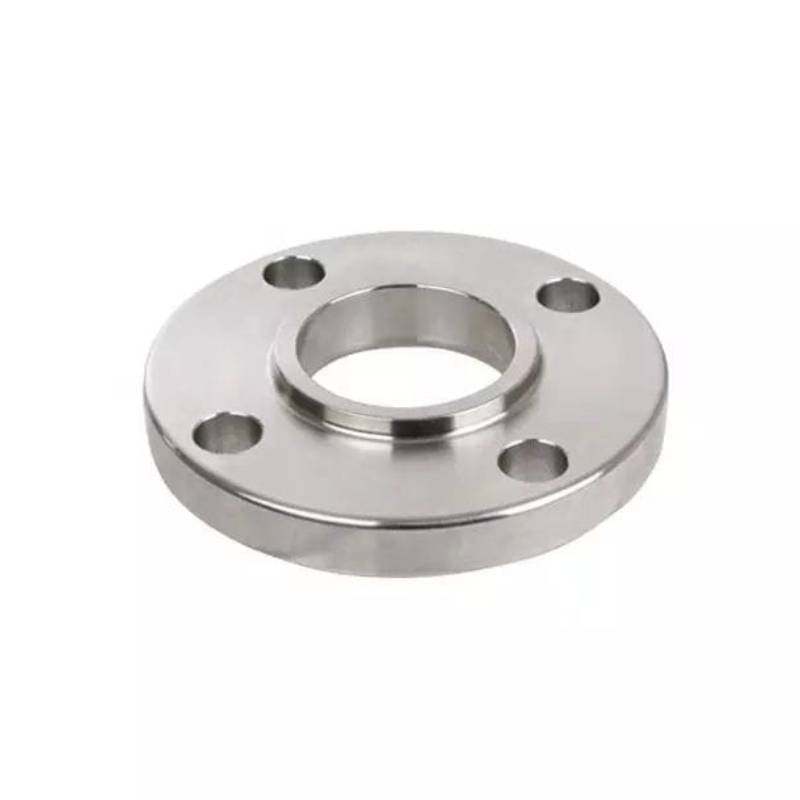-
Cangzhou Yulong Steel Co., Ltd.
-
Phone:
+86 13303177267 -
Email:
admin@ylsteelfittings.com
- English
- Arabic
- Italian
- Spanish
- Portuguese
- German
- kazakh
- Persian
- Greek
- French
- Russian
- Polish
- Thai
- Indonesian
- Vietnamese
- Zulu
- Korean
- Uzbek
- Hindi
- Serbian
- Malay
- Ukrainian
- Gujarati
- Haitian Creole
- hausa
- hawaiian
- Hebrew
- Miao
- Hungarian
- Icelandic
- igbo
- irish
- Japanese
- Javanese
- Kannada
- Khmer
- Rwandese
- Afrikaans
- Albanian
- Amharic
- Armenian
- Azerbaijani
- Basque
- Belarusian
- Bengali
- Bosnian
- Bulgarian
- Catalan
- Cebuano
- China
- China (Taiwan)
- Corsican
- Croatian
- Czech
- Danish
- Esperanto
- Estonian
- Finnish
- Frisian
- Galician
- Georgian
- Kurdish
- Kyrgyz
- Lao
- Latin
- Latvian
- Lithuanian
- Luxembourgish
- Macedonian
- Malgashi
- Malayalam
- Maltese
- Maori
- Marathi
- Mongolian
- Myanmar
- Nepali
- Norwegian
- Norwegian
- Occitan
- Pashto
- Dutch
- Punjabi
- Romanian
- Samoan
- Scottish Gaelic
- Sesotho
- Shona
- Sindhi
- Sinhala
- Slovak
- Slovenian
- Somali
- Sundanese
- Swahili
- Swedish
- Tagalog
- Tajik
- Tamil
- Tatar
- Telugu
- Turkish
- Turkmen
- Urdu
- Uighur
- Welsh
- Bantu
- Yiddish
- Yoruba

Nov . 20, 2024 13:29 Back to list
blind flange plate
Understanding Blind Flange Plates A Comprehensive Overview
Blind flange plates are a crucial component in piping and plumbing systems, serving various industries, including oil and gas, chemical processing, and water treatment. These specialized flanges are designed to close the end of a pipe, providing a sealing point that prevents fluid or gas from escaping. Unlike standard flanges that connect two sections of pipe, blind flanges are solid, effectively closing off the pipeline.
One of the primary functions of a blind flange plate is to facilitate maintenance and inspection. By allowing easy access to the piping system, blind flanges enable technicians to perform routine checks, repairs, or alterations without disconnecting entire sections of piping. This feature is particularly beneficial in complex systems where downtime can lead to significant losses.
Blind flanges are available in various sizes, materials, and pressure ratings to meet the diverse needs of different applications. Common materials include carbon steel, stainless steel, and PVC, chosen for their durability and resistance to corrosion. The choice of material often depends on the operating environment and the nature of the substances being contained.
blind flange plate

Installation of blind flanges is straightforward, but it requires careful consideration of several factors to ensure a secure seal. Proper alignment, the use of gaskets, and the application of the right torque are critical to preventing leaks. Flanged joints must be inspected regularly to ensure integrity, especially in high-pressure applications.
The design of a blind flange plate varies depending on the specific requirements of the system. Some designs feature raised faces, while others have flat surfaces. The thickness of the flange also varies, which can impact its overall strength and performance. It’s essential for engineers and technicians to select the appropriate design based on the parameters of the pipeline and the operational demands.
In conclusion, blind flange plates are vital in maintaining the efficiency and safety of piping systems across various industries. Their ability to secure the ends of pipes while allowing for maintenance access makes them invaluable components. Understanding their specifications, installation requirements, and functions can help professionals in the field make informed decisions, ultimately leading to more reliable and efficient systems. As industries continue to evolve, so will the designs and materials used for blind flanges, reflecting the ever-growing demand for safety and efficiency in fluid transportation.
Latest news
-
ANSI 150P SS304 SO FLANGE
NewsFeb.14,2025
-
ASTM A333GR6 STEEL PIPE
NewsJan.20,2025
-
ANSI B16.5 WELDING NECK FLANGE
NewsJan.15,2026
-
ANSI B16.5 SLIP-ON FLANGE
NewsApr.19,2024
-
SABS 1123 FLANGE
NewsJan.15,2025
-
DIN86044 PLATE FLANGE
NewsApr.19,2024
-
DIN2527 BLIND FLANGE
NewsApr.12,2024
-
JIS B2311 Butt-Welding Fittings LR/SR 45°/90° /180°Seamless/Weld
NewsApr.23,2024











